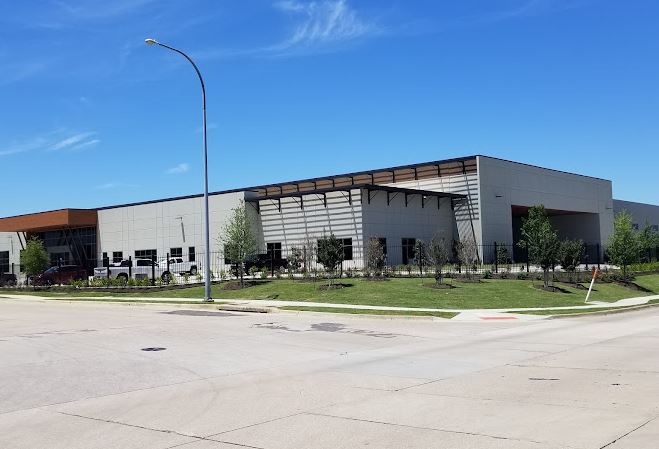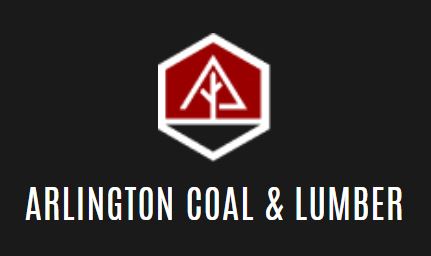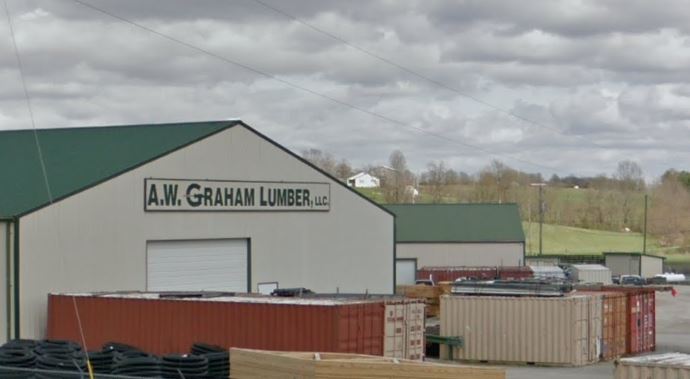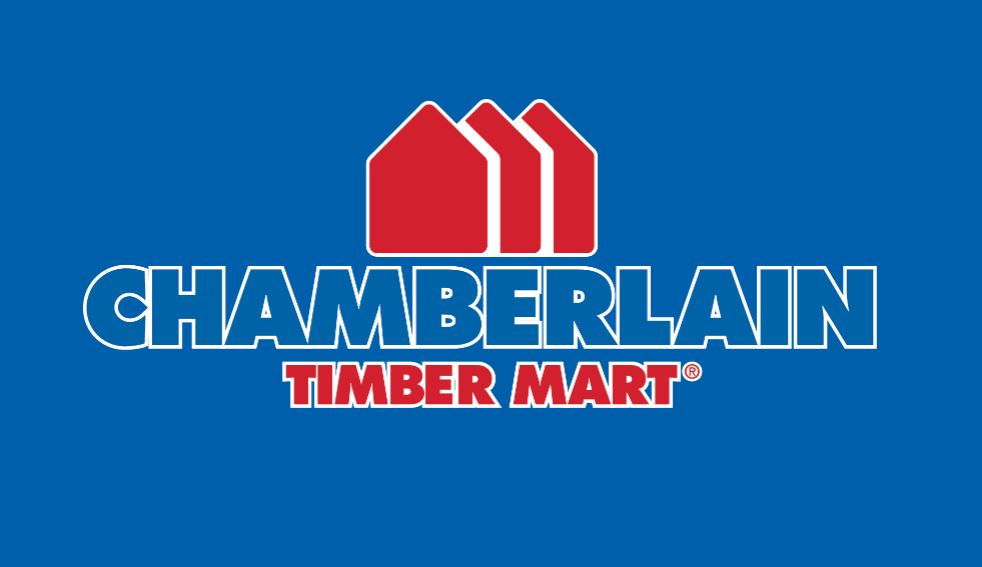
Inflation Remains High as Housing Cost Growth Continues
Consumer prices continued to rise in March, with shelter and gasoline prices driving over half of the total increase. This marks the third consecutive strong reading.
Despite a slowdown in the year-over-year increase, shelter costs continue to put upward pressure on inflation, accounting for over 60% of the total increase in all items excluding food and energy.
This ongoing elevated inflation is likely to keep the Federal Reserve on hold and delay rate cuts this year.
The Fed’s ability to address rising housing costs is limited because increases are driven by a lack of affordable supply and increasing development costs. Additional housing supply is the primary solution to tame housing inflation. The Fed’s tools for promoting housing supply are limited.
In fact, further tightening of monetary policy would hurt housing supply because it would increase the cost of AD&C financing (Acquisition, Development, Construction).
This can be seen on the graph below, as shelter costs continue to rise despite Fed policy tightening.
Nonetheless, the National Association of Home Builders (NAHB) forecast expects to see shelter costs decline further in the coming months, supported by real-time data from private providers indicating a cooling in rent growth.

CPI Breakdown
- The Bureau of Labor Statistics (BLS) reported that the Consumer Price Index (CPI) rose by 0.4% in March on a seasonally adjusted basis, the same increase recorded in February.
- The energy index rose by 1.1% in March as gasoline (+1.7%) and electricity (+0.9%) price hikes outweighed the decline in fuel oil (-1.3%).
- Food prices remained steady with a 0.1% increase, while the food at home index remained unchanged.
- Excluding food and energy (“core” CPI), the index rose by 0.4% in March, mirroring the growth seen in the previous two months.
The index for shelter (+0.4%) and gasoline (+1.7%) continued to be the main drivers of the monthly rise in the overall CPI in March, accounting for over half of the increase.
Among other top contributors that rose in March were motor vehicle insurance (+2.6%), medical care (+0.5%), and apparel (+0.7%).
Meanwhile, used cars and trucks (-1.1%), recreation (-0.1%), and new vehicles (-0.2%) saw price declines.
The shelter index, making up more than 40% of the “core” CPI, increased by 0.4% in March and was the largest factor in the monthly increase for all items excluding food and energy.

Both the indexes for owners’ equivalent rent (OER) and rent of primary residence (RPR) increased by 0.4% over the month.
These gains have been the biggest contributors to headline inflation in recent months.
Over the past twelve months (not seasonally adjusted), the CPI rose by 3.5% in March, following a 3.2% increase in February.
The “core” CPI, at 3.8%, remained unchanged from the previous two months, marking the slowest annual gain since May 2021.
Food prices rose by 2.2%, and the energy index increased by 2.1% year-over-year, marking its first 12-month increase since February 2023.
The NAHB constructs a “real” rent index to gauge whether inflation in rents is outpacing overall inflation, providing insight into rental housing supply and demand conditions.
The Real Rent Index remained unchanged in March.
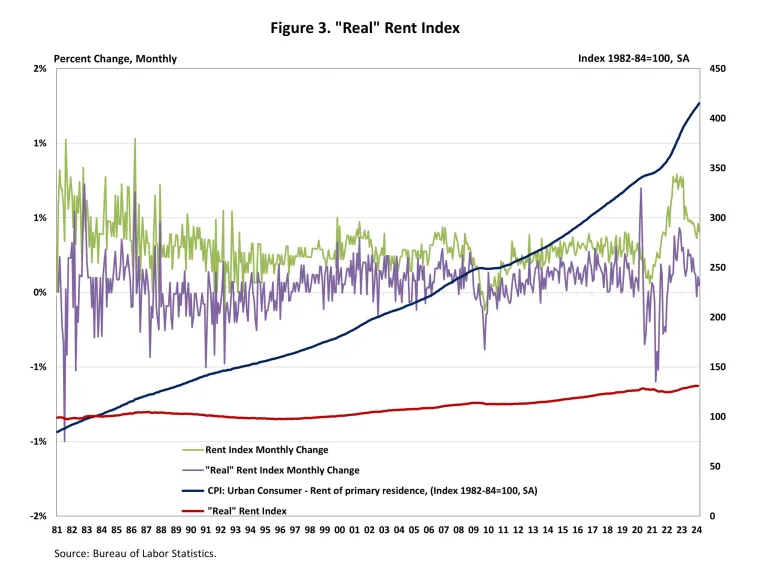
(Read more about this topic on Eyeonhousing.org)

















